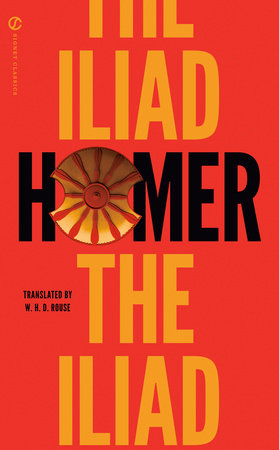In Part 1, Section 1.2B.iv “The limits of Erlebniskunst and the rehabilitation of allegory” in Truth and MethodGadamer delineates between allegory and symbol: “The symbol is the coincidence of the sensible and the non-sensible; allegory, the meaningful relation of the sensible to the non-sensible” (64).
The symbol, in its indeterminateness, exposes itself as concurrently coincidental to the truth-event it seeks to express. In this way, we can never exhaust the meaning(s), interpretation(s), and translation(s) of the symbol because it is, in its most fundamental, essential reality, that reality itself, even insofar as we cannot speak the truth of that ineffable, sublime, transcendent reality despite all our attempts toward articulation.
The σύμβολον [symbolon] throws together the real with its representation, in its most meaningful sense: that is, as that which makes present again the real. One cannot dissociate, disconnect, or detach a crucifix, for example, from the sacrifice of the Agnus Dei. They are interchangeable; they mean the exact same thing.
The allegory, on the other hand, speaks toward a reality but obliquely, in an otherwise fashion. The relation between the allegory and the truth-event that allegory seeks to express communicates a precise and definite commensurate correlation. In this way, the relation seems to trump the allegory itself, which is always inferior, subservient to its reality.
Here we find the difference between the token and the emblem. The token serves as a replacement—think subway tokens that take the place of actual currency—while the emblem is a sign for something else: a heraldic lion is never confused with an actual lion; it merely means dauntless courage, to which an embroidered lion on an officer’s badge will always yield.

